Visiting Cartago Costa Rica
Cartago is located close to the Irazu Volcano in the Central Valley of Cartago. Cartago was the first real Spanish settlement and the first capital of Costa Rica. Despite this long and illustrious history, a succession of earthquakes has destroyed much of the city’s charm. What you see today is a relatively modern city. However, traces of culture and history can still be found. The Basilica of our lady of the Angels and Las Ruinas de la Parroquia are definitely the most significant. Cartago is the perfect fallout base if you want to mix history with archeology and stunning natural sites.
Highlights
The first capital of Costa Rica
 Founded in 1563 by Juan Vasquez de Coronado, Cartago was the first real Spanish settlement in the country. The Spanish king granted the city an official coat of arms in 1565, and later it was awarded a title – ‘Very noble and very loyal.’ Cartago was the country’s capital until 1823. After Costa Rica gained its independence from the Spanish in 1821 which holds a special part in the history of Central America, the dispute was not over. Cartago along with Heredia favored imperial interests and wanted to join Mexico. San Jose being the radical rebel, demanded full independence and eventually won the argument, becoming Costa Rica’s new capital to boot.
Founded in 1563 by Juan Vasquez de Coronado, Cartago was the first real Spanish settlement in the country. The Spanish king granted the city an official coat of arms in 1565, and later it was awarded a title – ‘Very noble and very loyal.’ Cartago was the country’s capital until 1823. After Costa Rica gained its independence from the Spanish in 1821 which holds a special part in the history of Central America, the dispute was not over. Cartago along with Heredia favored imperial interests and wanted to join Mexico. San Jose being the radical rebel, demanded full independence and eventually won the argument, becoming Costa Rica’s new capital to boot.
Basilica of our lady of the Angels
 The Basilica of our lady of the Angels mixes the traditional Spanish colonial styles with neo-Byzantine influences, creating a stunning and instantly recognizable building. Despite this obvious beauty, the Basilica actually has a more important role. Every year, millions of people take part in the Costa Rica Pilgrimage. The pilgrims come to offer their prayers to the sacred relic of “La Negrita”, or “The little black one”. According to the legend, a black stone Madonna and Child statue appeared on a boulder and could not be removed. The magnificent basilica has been built in order to sanctify the many miracles now attributed to this Madonna.
The Basilica of our lady of the Angels mixes the traditional Spanish colonial styles with neo-Byzantine influences, creating a stunning and instantly recognizable building. Despite this obvious beauty, the Basilica actually has a more important role. Every year, millions of people take part in the Costa Rica Pilgrimage. The pilgrims come to offer their prayers to the sacred relic of “La Negrita”, or “The little black one”. According to the legend, a black stone Madonna and Child statue appeared on a boulder and could not be removed. The magnificent basilica has been built in order to sanctify the many miracles now attributed to this Madonna.
Cartago’s ruins
 Perhaps you won’t expect to see many ruins in Costa Rica. But Cartago houses a Cultural Heritage Site of some note. Las Ruinas de la Parroquia is one of the earthquake’s repeated architectural victims. First built as a shrine to St James the Apostle in 1575, it took its first hit in 1841. After being rebuilt it was struck again in 1910. Now only the outer walls remain. But it is still an amazing spot for photography enthusiasts! Additionally, it is a great testament to Costa Rica’s religious past as well as its climatic temperament.
Perhaps you won’t expect to see many ruins in Costa Rica. But Cartago houses a Cultural Heritage Site of some note. Las Ruinas de la Parroquia is one of the earthquake’s repeated architectural victims. First built as a shrine to St James the Apostle in 1575, it took its first hit in 1841. After being rebuilt it was struck again in 1910. Now only the outer walls remain. But it is still an amazing spot for photography enthusiasts! Additionally, it is a great testament to Costa Rica’s religious past as well as its climatic temperament.
Irazu
 The Irazu volcano National Park is a great destination for those who want to hike around one of Costa Rica’s active volcanos with a last volcanic eruption dating back as recent as 1994. You can hike to viewing stations overlooking the active craters. The Irazu Volcano sits on primary and secondary montane forests where you can spot animals like foxes, owls, armadillos and hummingbirds. Larger animals tend to elude these parts due to the volcanic activity. Another nearby and even more active volcano, is the Turrialba volcano.
The Irazu volcano National Park is a great destination for those who want to hike around one of Costa Rica’s active volcanos with a last volcanic eruption dating back as recent as 1994. You can hike to viewing stations overlooking the active craters. The Irazu Volcano sits on primary and secondary montane forests where you can spot animals like foxes, owls, armadillos and hummingbirds. Larger animals tend to elude these parts due to the volcanic activity. Another nearby and even more active volcano, is the Turrialba volcano.
Orosi
 This small town offers real eye candy for the history as well as the nature buff. Orosi is home to the oldest catholic church still in use, dating back to 1743. Next to that, it also offers some of the most scenic views in Costa Rica. The Tapanti National Park is located only a few kilometers from town. This park is known as one of the rainiest places in Costa Rica which offers lush and dense forests to the keen hiker.
This small town offers real eye candy for the history as well as the nature buff. Orosi is home to the oldest catholic church still in use, dating back to 1743. Next to that, it also offers some of the most scenic views in Costa Rica. The Tapanti National Park is located only a few kilometers from town. This park is known as one of the rainiest places in Costa Rica which offers lush and dense forests to the keen hiker.
Guayabo National Monument
 If you are interested in Costa Rica’s pre-Columbian period, you can explore an intriguing archaeological site located about 40 kilometers outside of Cartago. It is believed that approximately 10,000 people populated these now ancient ruins 3000 years ago. Guayabo National Park is the largest pre-Columbian site discovered in Costa Rica to this day.
If you are interested in Costa Rica’s pre-Columbian period, you can explore an intriguing archaeological site located about 40 kilometers outside of Cartago. It is believed that approximately 10,000 people populated these now ancient ruins 3000 years ago. Guayabo National Park is the largest pre-Columbian site discovered in Costa Rica to this day.
Lankester Botanical Gardens
 You might already know that Costa Rica has a great number of wild orchids including its national flower, the Guaria Morada. At Lankester Botanical Gardens, you can learn more about these gorgeous flowers.
You might already know that Costa Rica has a great number of wild orchids including its national flower, the Guaria Morada. At Lankester Botanical Gardens, you can learn more about these gorgeous flowers.
The Garden is named after orchidologist and naturalist Charles Lankester who created a private garden inside of his coffee farm. In March of 1973, Mr. Lankester’s garden was donated to the University of Costa Rica. They were the ones who turned it into a botanical garden. Today it is one of the most active scientific institutions of the American Tropics. One of the main attractions of the Lankester Botanical Gardens, is a beautiful Japanese Garden that serves as a unique place for activities such as weddings and meetings.
Adults pay 10USD to visit and students 7.5USD.
Tips
Visit between December and May: This is Costa Rica’s dry season. Especially if you plan on visiting the already very rainy Tapani National Park, this is the best time to visit.
Rent a car: Cartago city center is perfectly manageable on foot. But with so many other treasures to discover in the area, you will be most satisfied with your trip if you rend your own transportation.
Experience cultural immersion: If you are interested in taking part in local events of greater significance, consider taking part in the Annual Costa Rica Pilgrimage. Here you can feel and observe what religious life still means to local communities.
Dining
 For a very contemporary spin on local cuisine, visit Restaurante 1910. Make sure to try the Casado, a traditional Costa Rican dish. Typically, it consists of rice, beans, plantains, salad, a tortilla, and an optional choice of meat. If you are looking to dine on a lower budget but still want quality, Restaurante Chespiritos will provide you with a delicious meal will a lower price tag.
For a very contemporary spin on local cuisine, visit Restaurante 1910. Make sure to try the Casado, a traditional Costa Rican dish. Typically, it consists of rice, beans, plantains, salad, a tortilla, and an optional choice of meat. If you are looking to dine on a lower budget but still want quality, Restaurante Chespiritos will provide you with a delicious meal will a lower price tag.
Where to stay
 Hotel Quelitales is the perfect location for the nature lover. This authentic, upscale hotel is still close to Cartago but surrounded by tranquility rather than the busy town. If you are a birdwatcher, you will appreciate your stay here even more. Keep your eyes open and with a bit of patience, you might spot different species of Oropendolas, Euphonias, Tanagers, Herons and many more. And all this from your suite’s balcony or on one of their mountain trails through the virgin forest!
Hotel Quelitales is the perfect location for the nature lover. This authentic, upscale hotel is still close to Cartago but surrounded by tranquility rather than the busy town. If you are a birdwatcher, you will appreciate your stay here even more. Keep your eyes open and with a bit of patience, you might spot different species of Oropendolas, Euphonias, Tanagers, Herons and many more. And all this from your suite’s balcony or on one of their mountain trails through the virgin forest!

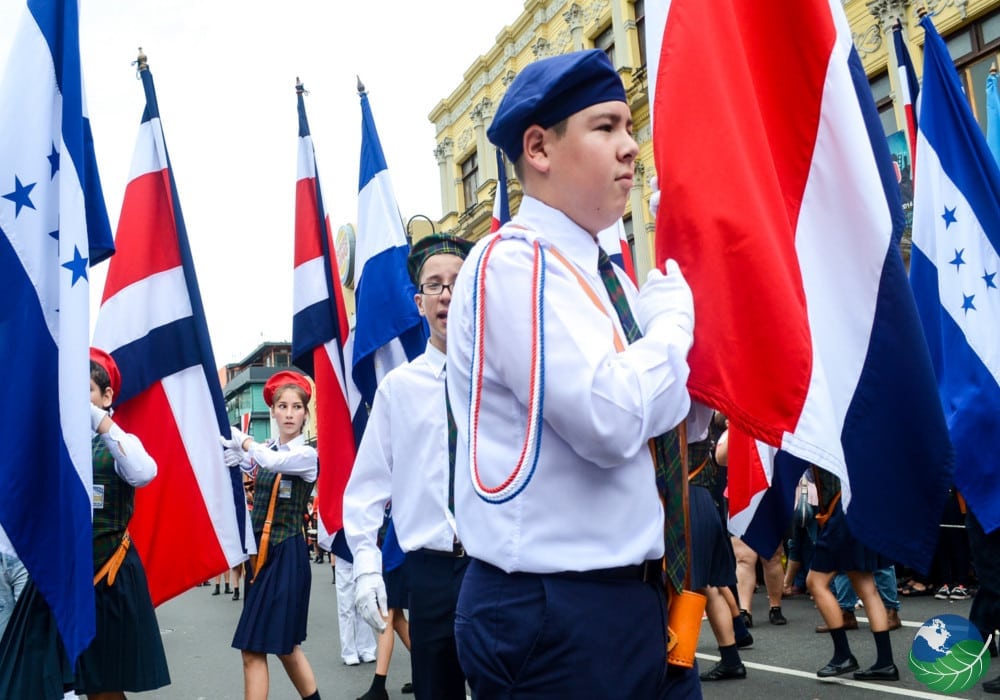 Founded in 1563 by Juan Vasquez de Coronado, Cartago was the first real Spanish settlement in the country. The Spanish king granted the city an official coat of arms in 1565, and later it was awarded a title – ‘Very noble and very loyal.’ Cartago was the country’s
Founded in 1563 by Juan Vasquez de Coronado, Cartago was the first real Spanish settlement in the country. The Spanish king granted the city an official coat of arms in 1565, and later it was awarded a title – ‘Very noble and very loyal.’ Cartago was the country’s 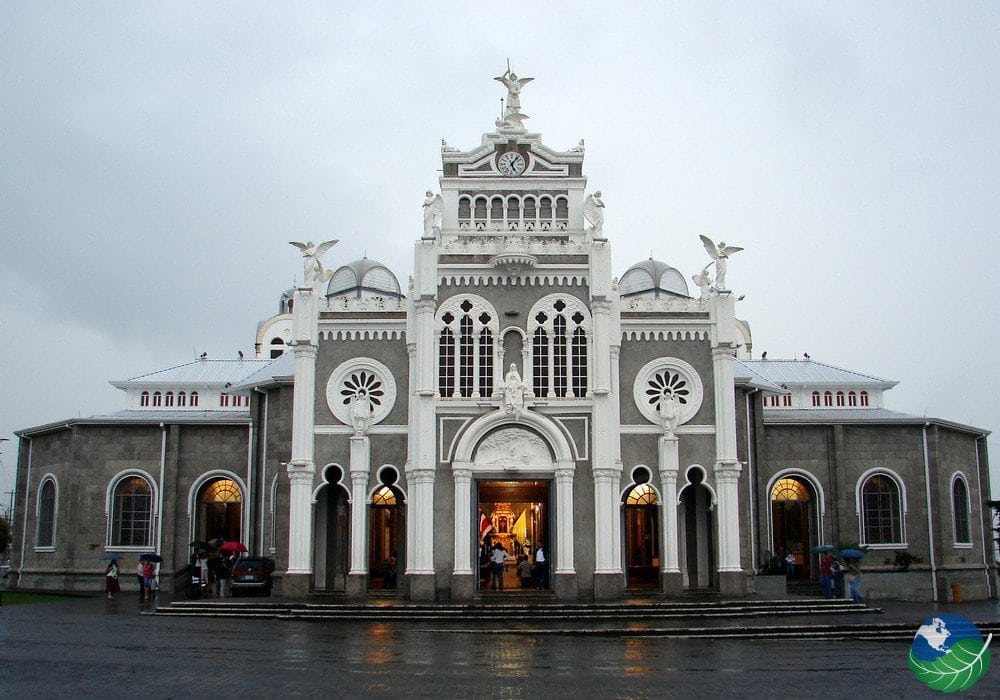 The
The 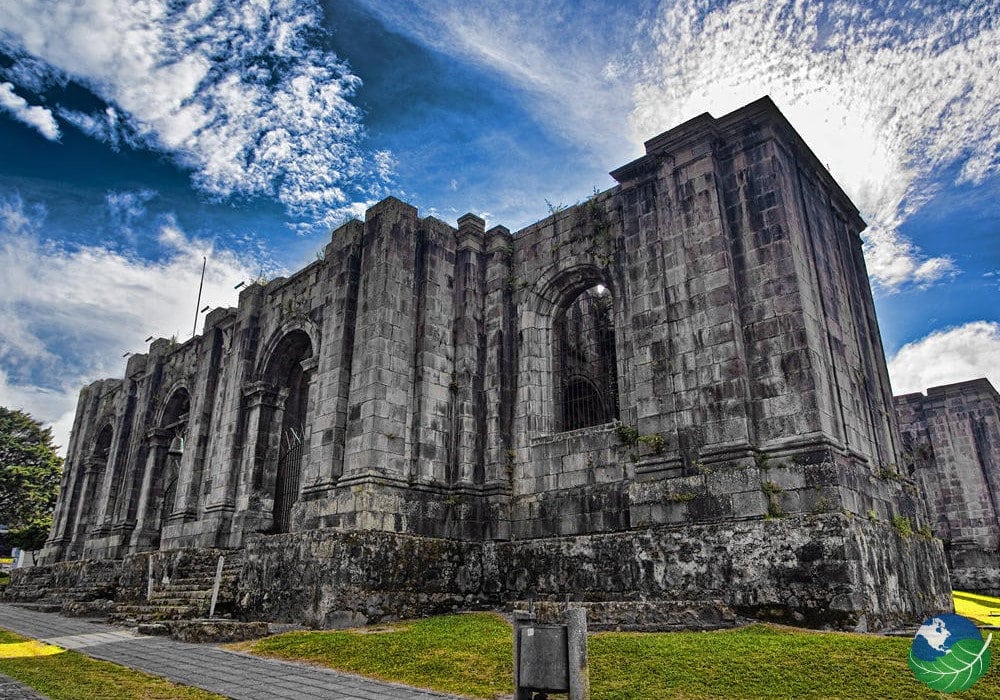 Perhaps you won’t expect to see many
Perhaps you won’t expect to see many  The
The  This small town offers real eye candy for the history as well as the nature buff.
This small town offers real eye candy for the history as well as the nature buff. 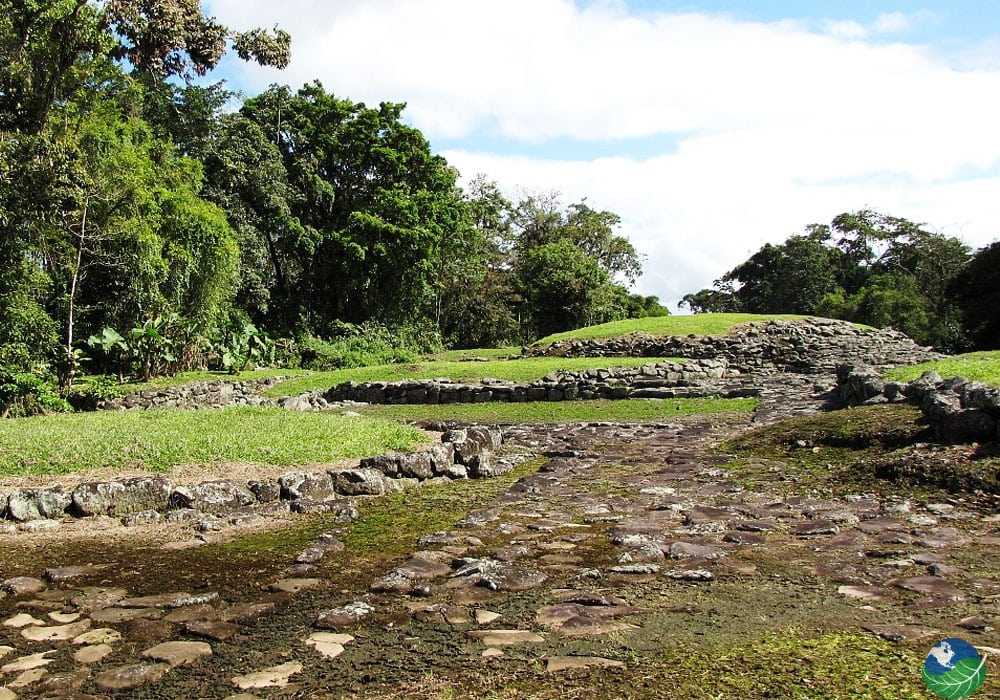 If you are interested in Costa Rica’s pre-Columbian period, you can explore an intriguing archaeological site located about 40 kilometers outside of Cartago. It is believed that approximately 10,000 people populated these now
If you are interested in Costa Rica’s pre-Columbian period, you can explore an intriguing archaeological site located about 40 kilometers outside of Cartago. It is believed that approximately 10,000 people populated these now  You might already know that Costa Rica has a great number of wild orchids including its national flower, the
You might already know that Costa Rica has a great number of wild orchids including its national flower, the  Cartago is very easily accessible from San Jose. Located at 28 kilometers from the capital, it will take you less than an hour to get there. You can take advantage of shared or private shuttles or you can rent a car. Renting a car can be a great idea since Costa Rica has been rebuilding a lot of its roads making it a lot more convenient to reach your destinations.
Cartago is very easily accessible from San Jose. Located at 28 kilometers from the capital, it will take you less than an hour to get there. You can take advantage of shared or private shuttles or you can rent a car. Renting a car can be a great idea since Costa Rica has been rebuilding a lot of its roads making it a lot more convenient to reach your destinations. For a very contemporary spin on local cuisine, visit Restaurante 1910. Make sure to try the Casado, a traditional Costa Rican dish. Typically, it consists of rice, beans, plantains, salad, a tortilla, and an optional choice of meat. If you are looking to dine on a lower budget but still want quality, Restaurante Chespiritos will provide you with a delicious meal will a lower price tag.
For a very contemporary spin on local cuisine, visit Restaurante 1910. Make sure to try the Casado, a traditional Costa Rican dish. Typically, it consists of rice, beans, plantains, salad, a tortilla, and an optional choice of meat. If you are looking to dine on a lower budget but still want quality, Restaurante Chespiritos will provide you with a delicious meal will a lower price tag.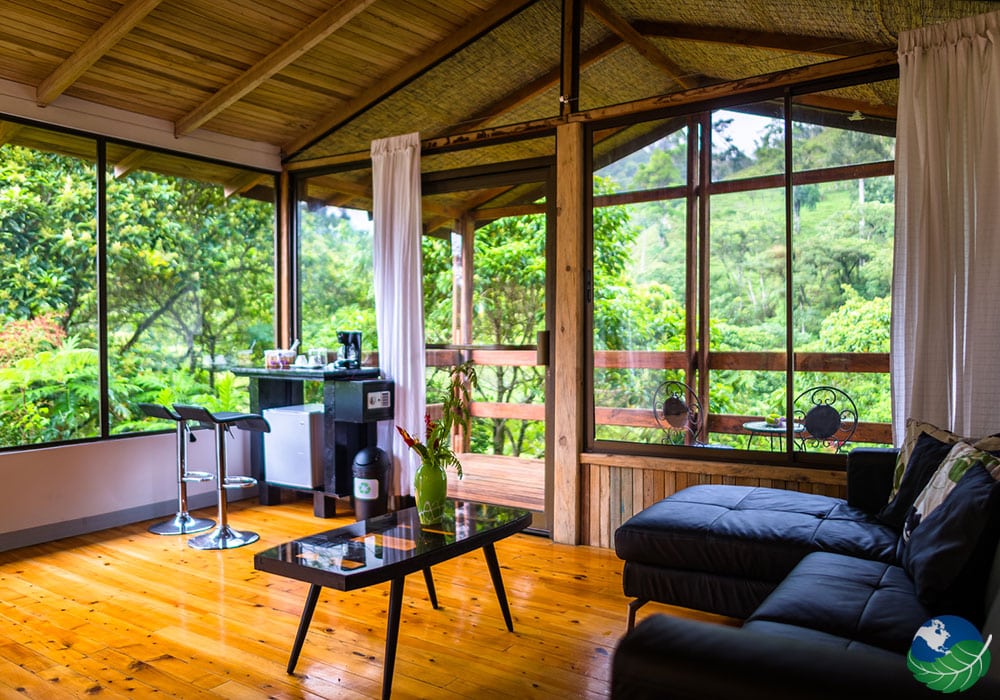 Hotel Quelitales
Hotel Quelitales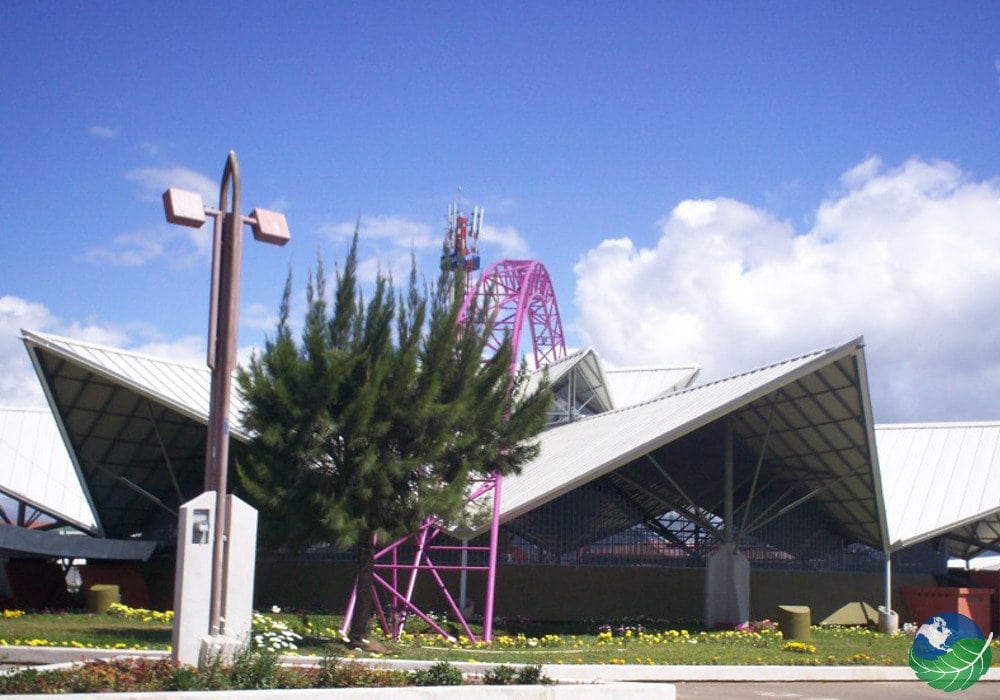

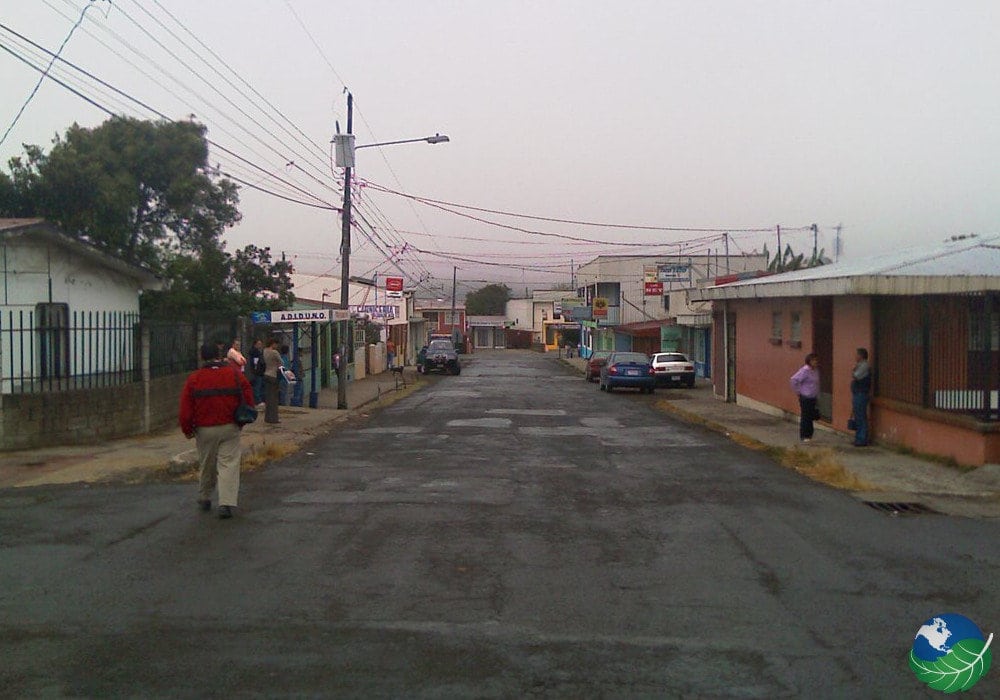
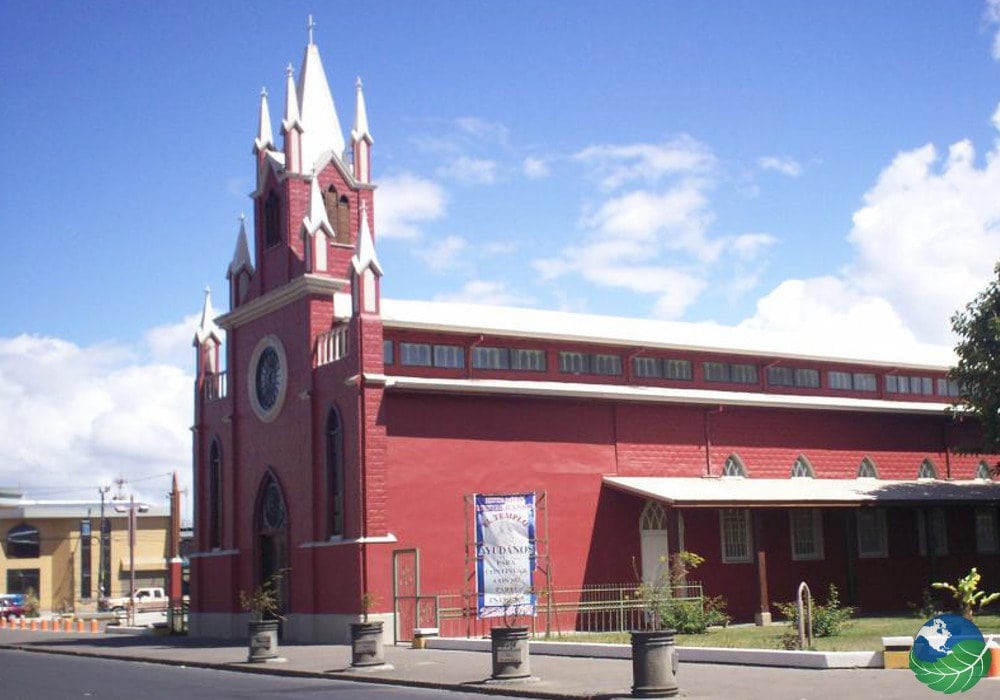


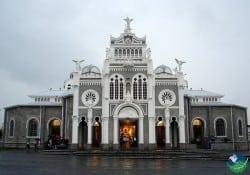
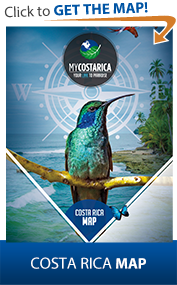
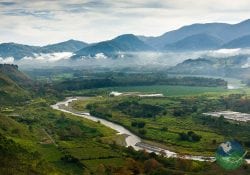







Follow Us